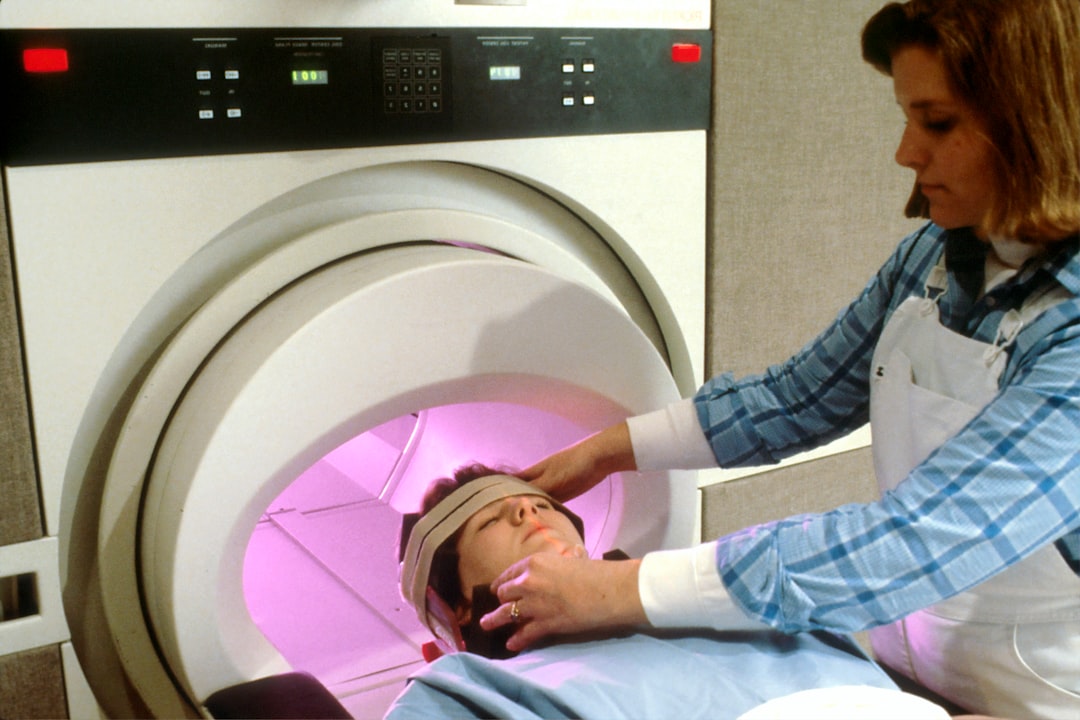What is it about?
Supersonic Combustion Ramjet (Scramjet) propulsion system is highly desirable for hypersonic flights. Though it is geometrically simpler, the difficulty in achieving flameholding and efficient fuel distribution at supersonic flows still remains a major challenge. The effect of the fuel injection angle in enhancing the mixing performance of a scramjet pylon-cavity flameholder is investigated in detail in the current study. Both transverse and angled injection are compared using various mixing parameters and it is found that the latter gives much better mixing performance. Followed by the comparative study, a detailed examination of various mixing mechanisms in both cases is performed.
Featured Image

Photo by Patrick Campanale on Unsplash
Why is it important?
The present study is related to scramjet combustion where the influence of fuel injection angle on mixing enhancement in a pylon-cavity flame holder configuration is numerically investigated. The work forms part of our ongoing research work on developing flameholders suitable for hydrogen fuel injection. Earlier investigations by other research groups showed the capabilities of pylon-cavity configurations in fuel penetration, mixing enhancement, and flameholding. However, there is not enough information available on the effect of injection angle on mixing enhancement or ignitable fuel distribution and the fundamental mixing mechanisms involved. The present work is aimed at having a deeper understanding of the processes involved, in relation to the changes in the fuel injection angle.
Read the Original
This page is a summary of: Effects of fuel injection angle on mixing performance of scramjet pylon-cavity flameholder, Physics of Fluids, November 2020, American Institute of Physics,
DOI: 10.1063/5.0026125.
You can read the full text:
Contributors
The following have contributed to this page










